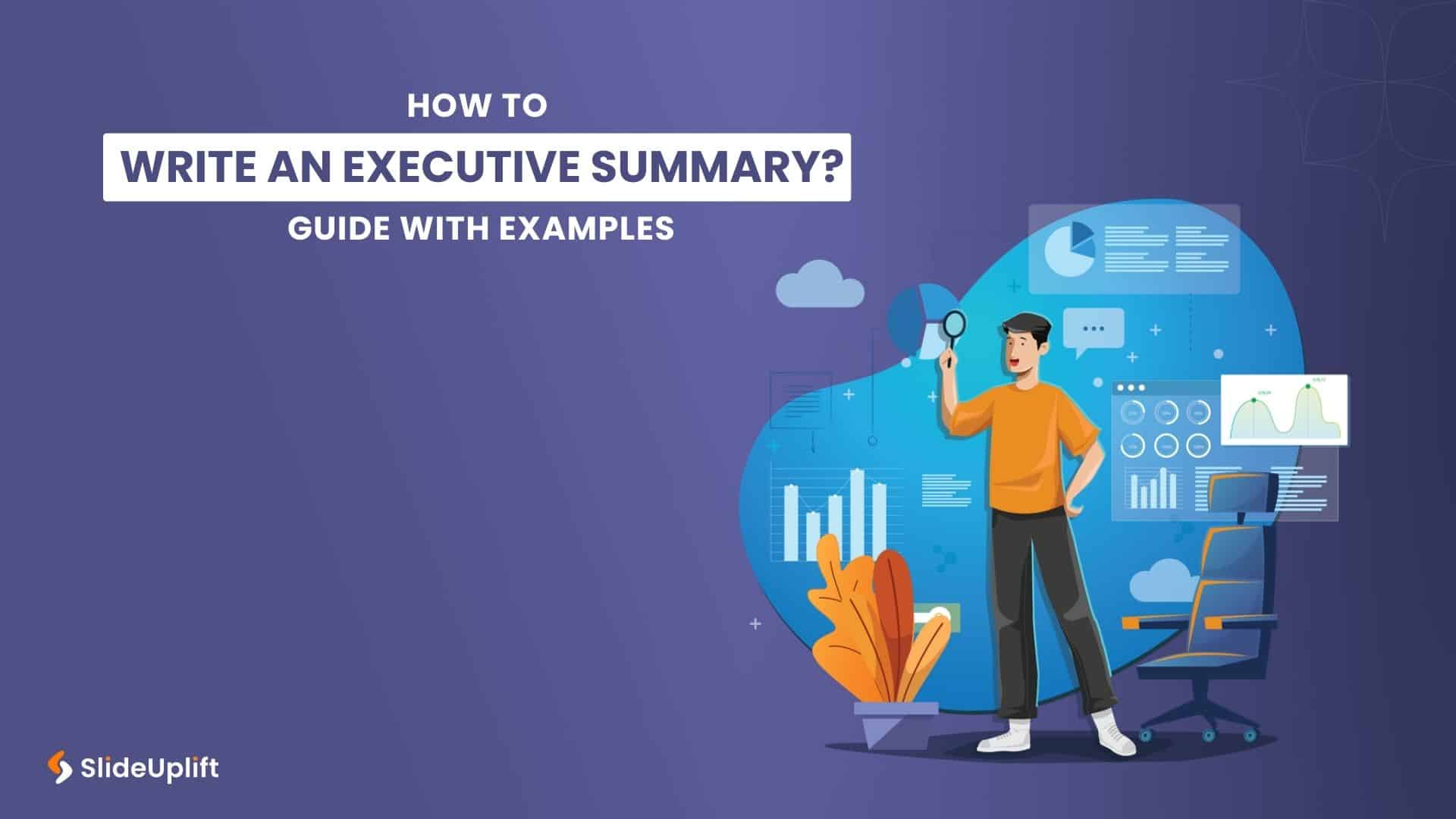Four Prioritization Frameworks To Help You Nail Work-Life Balance
Work can be overwhelming, especially in the current pandemic – we seem to be all busy all the time, many of us teetering at the edge of fatigue.
Prioritization is an age-old idea but has never been more relevant than in recent times. While there is no dearth of management thinking on this topic, we’re here to tell you the 4 most effective frameworks our users have deployed with great results in their work-life and to achieve superior work-life integration.
In this blog, we will talk about-
1. THE 30-60-90 DAY APPROACH
The 30-60-90 Day Approach is a prioritization framework that allows you to categorize your tasks based on their urgency and importance for a 3 month period. It is generally used, to great effect, by new managers and leaders, as it allows them to plan their work and subsequent tasks for a 90 day period within a new position. In effect, it lays out three sprints, each one month long, with emphasis on prioritization of certain foundational tasks that will enable a smoother transition into a new role or a new project.
How To Use The 30-60-90 Day Approach
A 30-60-90 Day Approach is very straightforward in its practical applications. The premise is to divide your matrix into 3 columns, each for 30 days.
Days 1-30 (or 30-Day Plan): Prioritize learning about the project, your role, and your organization in the first 30 days of your planning. In this column, add all the essential tasks for learning about the role and making smaller changes in the team and project planning.
Days 30-60 (or 60-Day Plan): In this column, add tasks related to the processes of the company and your contributions to the project and the team. Prioritize operational strategies and execution tasks.
Days 60-90 (or 90-Day Plan): In the final run of your 3-month plan, prioritize the analytical side of things. Understand the impact of your work, as well as the engagement levels, on your strategies. By having a plan that considers feedback and subsequent result-oriented tasks, a manager or leader can create a prioritization framework that functions as a roadmap for all planning stages.
Benefits of Using The 30-60-90 Day Approach
One of the key benefits of using the 30-60-90 Day Approach is that it is great for first-time managers or leaders with no prior experience in managing a team or project. It provides a clear framework that they can follow for the first 90 days of their job. It is also a planning framework and a prioritization tool, which makes strategizing and dividing tasks very easy.
Source: 30 60 90 Day Approach by SlideUpLift
Source: 30 60 90 Day Plan Framework by SlideUpLift
Check out more templates for 30 60 90 day plan to organize your 90 days plan effortlessly. If you want to learn more about how to do effective goal setting for a 30 60 90 day plan, check out our blog on effective 30 60 90 day planning.
2. THE EISENHOWER MATRIX
The Eisenhower Matrix is a prioritization tool used to categorize your tasks based on their urgency and importance. It was developed using Dwight Eisenhower, the 34th President of the United States’ insights into time management and task management. Stephen Covey later redefined it as the Eisenhower Box, which follows Eisenhower’s basic principle of urgent and important tasks.
How To Use The Eisenhower Matrix
The basic idea of the Eisenhower Matrix is to divide a 2*2 matrix into 4 categories –
Urgent and Important: These are tasks that you need to do immediately. They are generally tasks that involve deadlines or responding to emails/messages.
Important but Not Urgent: These are tasks that you will schedule for sometime in the future. The idea is that these tasks have long-term importance to the whole project, but you don’t need to get to it right at this moment. It can be a task that’s an ongoing process as well.
Urgent but Not Important: These are tasks that can be delegated to someone else. You can either delegate these tasks to someone who specializes in those particular aspects or even to your future self when you are certain you have the time for them.
Neither Urgent nor Important: These are the tasks you initially thought you had to do, but they are not required in reality. Thus, the idea is that you eliminate these tasks to optimize your workflow without clogging it up with useless or unproductive tasks.
Benefits of Using The Eisenhower Matrix
The best part about using the Eisenhower Matrix to track your tasks and prioritize is that it is great at making broader productivity plans. It allows you to schedule, delegate or eliminate tasks, making the task management process far simpler and more optimal for performance. However, this priority matrix is also great for daily planning, as these processes exist in day-to-day functioning and can help you keep track of everything you need to get to in a day.
Source: Eisenhower Matrix Template by SlideUpLift
Source: Eisenhower Decision Matrix by SlideUpLift
Source: Priority Matrix Template by SlideUpLift
Find more Eisenhower Matrix template collection to prioritize your work efficiently. Use the Eisenhower decision matrix to simplify your decisions and focus on only relevant tasks that matter the most.
3. PERSONAL KANBAN
The Personal Kanban is a method of task management for individuals (and sometimes teams) to lay down a prioritization system to improve productivity in the workplace. It was first referenced by Jim Benson and Tonianne DeMaria Barry in their 2011 book “Personal Kanban: Mapping Work | Navigating Life.” The basic premise of the Personal Kanban is to visualize your task list physically and limit your work-in-progress.
How To Use Personal Kanban
The general layout of a Personal Kanban is using 3 columns with specific progress status –
To-Do: Here is where every single task will start. Every task that an individual or a team needs to perform is listed out in this first column. This can be done on paper, whiteboards, chalkboards, or online Kanban boards. Using online Kanban boards also gives you the ability to prioritize your to-do list using “low,” “medium,” or “high” urgency labels.
In-Progress: This is the column where you now have to make an executive decision for the number of tasks you want to handle simultaneously. Ideally, you should work on one thing simultaneously, moving to the next tasks only once you’ve finished the previous. However, in larger projects, you may have to do multiple things at once, and this is a great way to move all your WIP tasks in one column so you can keep track of them.
Complete: When you’re done with a task, you can move it to the ‘complete’ column. This is a good way to check things off your to-do list and get a sense of satisfaction as you successfully move down your to-do and in-progress lists. This is especially beneficial in a team, where everyone can keep track of what’s already done and plan their next moves accordingly.
Benefits of Using Personal Kanban
There are several benefits to using Personal Kanban to prioritize your tasks and manage your time. First and foremost, it allows you to put all your tasks in a list that you can visually track. The physical task of moving tasks around in your 3 columns ensures greater work accountability and noticeably boosts productivity. It is also very customizable, with plenty of room for additional columns, different headings, or multiple parameters for checking progress on a task.
Source: Kanban Board Slide by SlideUpLift
Source: Personal Kanban Board by SlideUpLift
Check out our library of Kanban board templates for powerpoint to visualize the work progress. Kanban Boards are also widely used as effective Agile Project Management Frameworks to keep projects on track.
4. THE PARETO PRINCIPLE
Dr. Joseph M. Juran introduced the Pareto Principle as an interpolation of an Italian economist Vilfredo Pareto’s work, which claimed that 80% of results come from only 20% of your efforts or inputs. This works in task management to understand the value of tasks that you need to undertake in a day. This principle generally holds for work tasks as well, as 20% of your tasks would create 80% of the impact, i.e., provide the most results that you would need in your workplace. The tasks that have the most impact on your overall working need to be prioritized over tasks that don’t contribute to your overall productivity.
Another interesting cut of this principle is that 20% of your tasks will take 80% of your time. These tasks may be different from those that create 80% of the impact referenced earlier, which means you will need to explicitly identify items in your to-do list that will take longer to do and deliberate about how to get them done.
How To Use The Pareto Principle
Benefits of Using Pareto Principle
The Pareto Principle is great at categorizing your tasks based on their tangible effect on your progress. It allows for the most effective time management planning, as you get the most out of your work in the least amount of time, increasing your net productivity for the day. However, it takes some practice to step in and out of work flow to get this perspective. Once it becomes second nature, it creates a quantum impact on individual and business productivity.
Source: Pareto Rule Templates by SlideUpLift
Source: Pareto Principle Templates by SlideUpLift
You can also check more Pareto Principle examples to categorize your tasks.
You can also check out the summary of these prioritization frameworks in this short video.
Task management and Prioritization are essential strategies to cope with an ever-increasing workload, expectations, and those ever-shortening deadlines. Regardless of the framework you choose, having a task management strategy handy is most definitely advisable and can be vouched for by many SlideUpLift users who have benefitted from these approaches.
SlideUpLift offers a collection of very effective task management and prioritization frameworks that allow you to make your own personal, team, and business planners and optimize your workflows in a way that makes sense for you. You can look at our extensive collection of fully editable templates and are the perfect solution for any business professional looking for a good personal time management tool!
Now you don’t have to scour the web to find out the right templates. Download our PowerPoint Templates from within PowerPoint. See how?






















